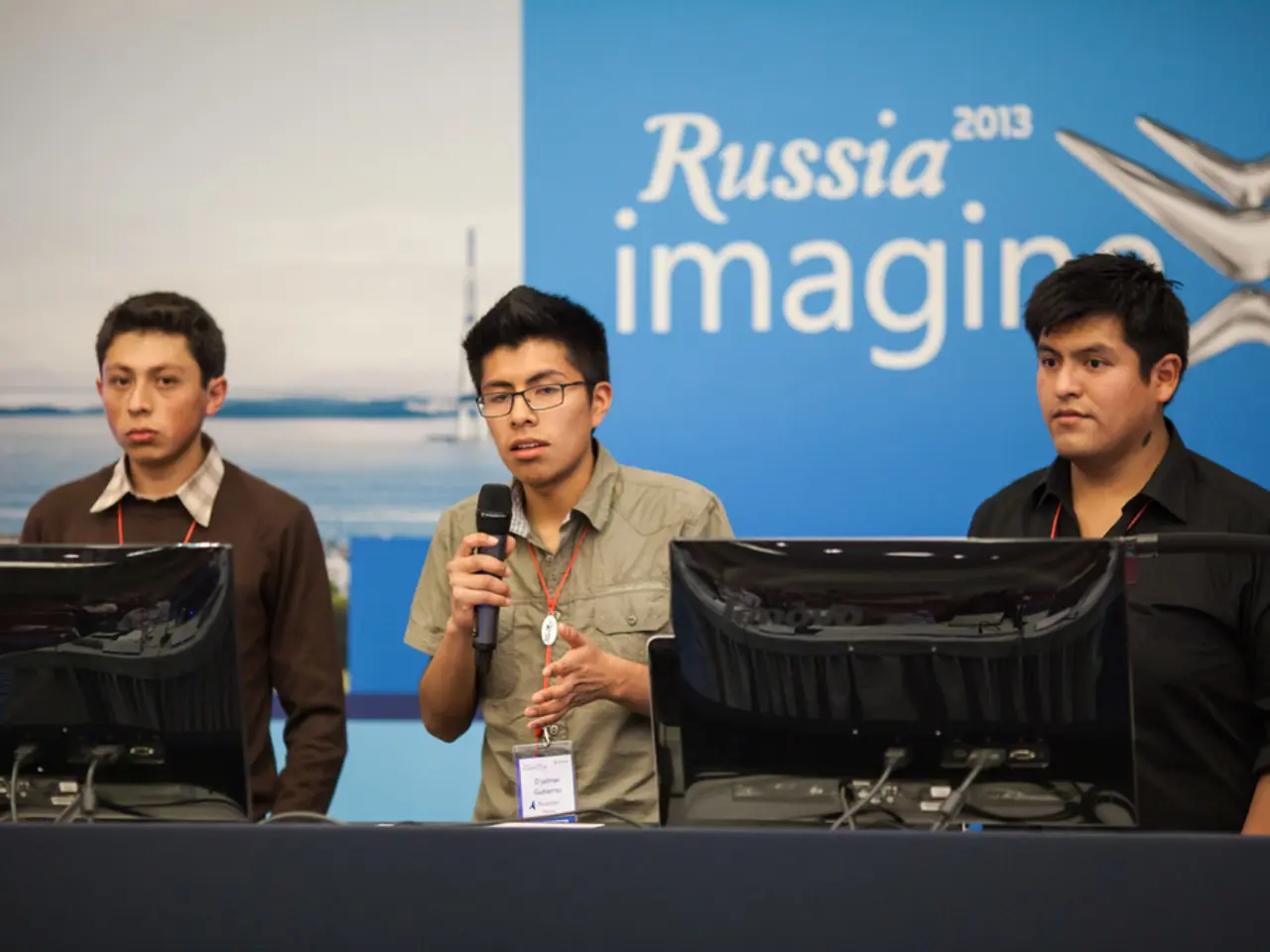Cybersecurity Developments in the Year 2025: An Overview
In the rapidly evolving digital landscape of 2025, cybersecurity has taken centre stage, as organisations worldwide grapple with the increasing complexities of data protection in an era dominated by remote work and technological advancements. The pandemic of 2020 accelerated this shift, forcing a rethink in security strategies to manage the expanded and more intricate threat landscape.
One of the key trends shaping the cybersecurity landscape is the integration of Artificial Intelligence (AI). AI is now a crucial component across business workflows, but it introduces new security risks such as prompt injection, data leakage, and compliance challenges. To mitigate these risks, cybersecurity firms offer AI Risk Assessments, focusing on emerging standards like ISO/IEC 42001.
Another significant development is the shift from traditional annual audits like SOC 2 and ISO 27001 to continuous control monitoring. This change involves real-time evidence collection and automated risk management, making cybersecurity a year-round partnership rather than a one-time project.
Ransomware threats have evolved into a professionalised cybercrime industry, offering subscription-based attack kits with automation and support for affiliates. This has increased the scale and sophistication of ransomware attacks, making it crucial for organisations to prioritise their data security.
The pandemic-induced shift to remote work has significantly expanded the attack surface. Employees connecting from unsecured locations and using personal devices create new vulnerabilities. To counter these risks, organisations are increasingly implementing zero-trust architectures, requiring multiple verifications for access at every step. Multi-factor authentication (MFA), biometric AI verification, and restricted access levels are becoming standard practices.
However, traditional MFA methods like SAML-based MFA lack encryption, making them vulnerable to attacks. Therefore, organisations are turning to more secure alternatives, such as application-based MFA like Microsoft Authenticator or Google Authenticator.
The rise of remote work has also led to a higher reliance on Internet of Things (IoT) devices, which inherently have weaker security controls. Securing these diverse devices used in dynamic environments remains complex, requiring advanced AI-driven security measures beyond traditional MFA.
The cloud, too, is storing more data without proper security layers, making it a potential target for cyber attacks. The demand for skilled cybersecurity professionals is increasing to address these challenges, with companies like iDenfy offering cybersecurity solutions and Enhanced Due Diligence to help organisations improve their security.
Phishing attacks related to COVID-19 vaccinations have increased, targeting both individuals and pharmaceutical companies. Remote working will remain post-pandemic, necessitating companies to assess their remote security structure.
State-sponsored cyber attacks are becoming more prominent, particularly between US and Chinese or Iranian hackers, with potential effects on national events like elections. The lack of network perimeter with the rise of remote work is another concern, necessitating the implementation of Zero-Trust Network Access (ZTNA) as a better option for controlling remote access to a company's network.
Technology is constantly changing, causing parallel transitions in cybersecurity trends. For instance, the rise of automotive hacking in 2025 is due to the reliance of modern vehicles on Bluetooth and WiFi technologies. Cybersecurity is facing new challenges due to remote working becoming mainstream, but the latest AI-enabled threat detection systems can instantly detect new attacks.
In summary, the cybersecurity trends of 2025 emphasise AI governance, continuous compliance, professionalised cybercrime models, and strong adaptations to remote work risks through zero-trust architectures and enhanced authentication. The pandemic has had a profound effect in redefining security strategies to manage the expanded and more complex threat landscape.
In the give and take of technology advancements in 2025, the issue of cybersecurity, particularly in the context of data-and-cloud-computing, remains paramount. Amid the growing complexities of remote work, the need for robust cybersecurity measures is crystallized, with AI rising as a crucial technology in shaping cybersecurity strategies.
Organisations are not only prioritising their data security in the face of sophisticated ransomware threats, but are also shifting from traditional security audits to continuous control monitoring, employing real-time evidence collection and automated risk management.




